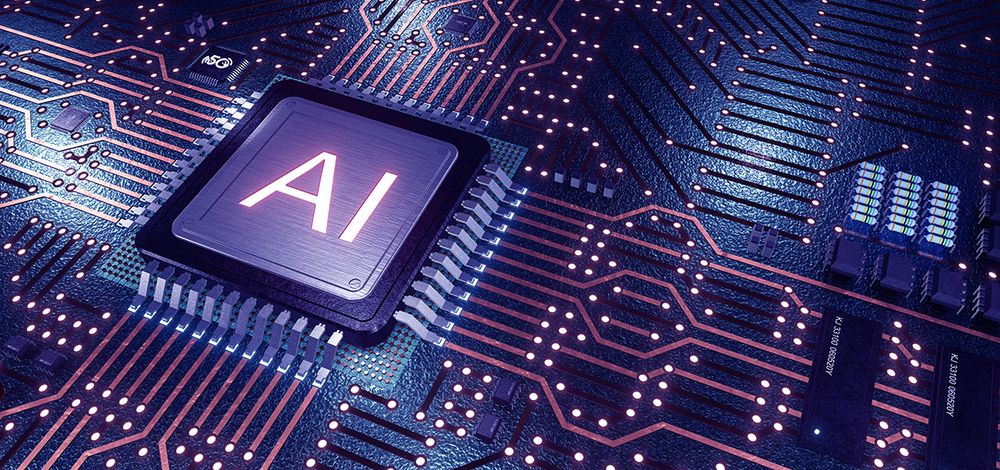I
Tesla is using what is known as DNN & CNN to that end. It is very challenging to understand how they arrive at specific decisions and therefore using LiDAR in their training fleet to validate their decisions during training.
RP, it is my understanding that the implementation is more like that of an equation that spits out an output based upon the values of the input variables x, y, z, a, b, c etc. This is what makes AI/NN so much faster in response as it is not running through a series of statements that include all these IF/DO/WHEN kimd of commands.Hi, Enemji --
> that is no better or even is just a HUGE IF ELSEIF WHEN DO LOOP module,
Again, I have a background in CS but only a layman's knowledge of AI. One of the main, I don't know, insights isn't the right word, I doubt I'll be able to explain this, of CS is that if you can turn one thing/problem into another thing/problem, then they're the same thing. I think of NN's as just being another kind of solver. You use solvers for problems you're too dumb to figure out on your own, like, you might not know how to take a square root, but if you've got Newtown-Raphson you can get arbitrarily close.
So .... the use of NNs here isn't that there's any kind of magic to them, it's just that you can get *close enough* to a solution that you're dumb to figure out on your own. At some level though, beneath the hood, there is no difference between an NN your "HUGE IF ELSEIF WHEN DO LOOP".
Yours,
RP
Tesla is using what is known as DNN & CNN to that end. It is very challenging to understand how they arrive at specific decisions and therefore using LiDAR in their training fleet to validate their decisions during training.
Last edited:



